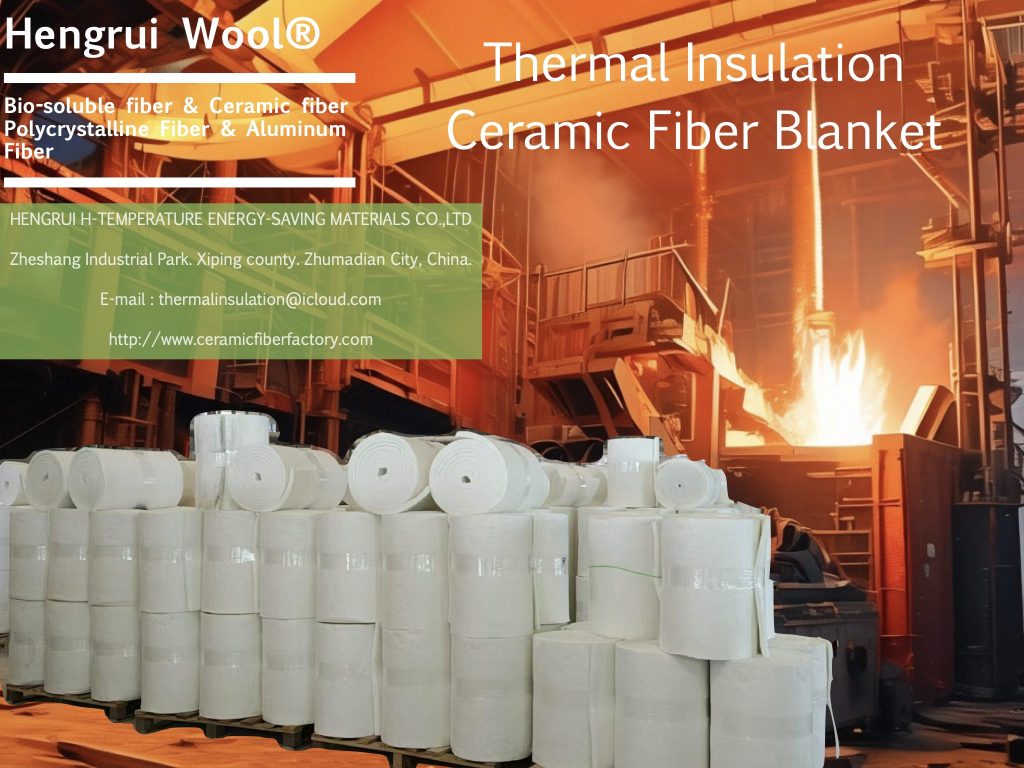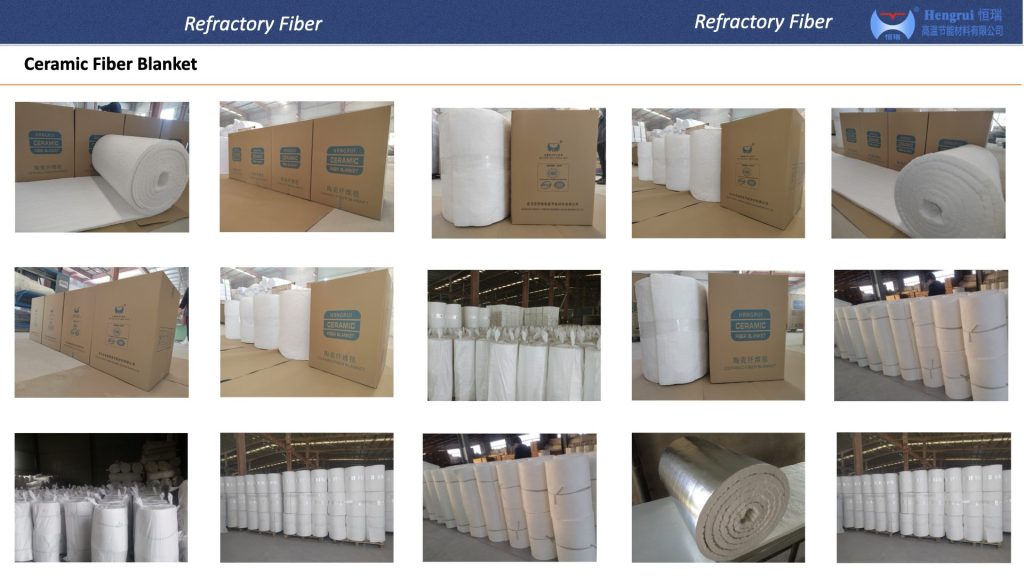
Ceramic fiber blanket is widely used as a thermal insulation material in optical glass annealing furnaces. Its stable performance, low thermal conductivity and good insulation, as well as excellent resistance to heat-shock, make it ideal for ensuring temperature uniformity and precise control during the annealing process. The material is also commonly applied in other high-temperature equipment such as DBC Firing Furnace, MLCC Firing Furnace, and HTCC High Temperature Atmosphere Pusher Kiln, where reliable insulation and thermal stability are essential.
Low thermal conductivity and good insulation
The blanket forms an efficient thermal barrier on furnace walls and roofs. Its low thermal mass enables faster heating and cooling, helping maintain a stable annealing curve and improving energy efficiency. Utilizing ceramic fiber blankets in this way boosts performance during these processes.
Ceramic fiber blanket remains stable in neutral or oxidizing atmospheres and does not react with glass or furnace gases. It is nonflammable and maintains integrity during long-term high-temperature operation.
Its flexible fiber structure provides good tensile strength and springiness, making installation easy and ensuring tight sealing in furnace doors, joints, and corners while using ceramic fiber blanket contributes to these benefits.
The material tolerates rapid temperature changes without cracking, offering excellent heat-shock resistance and sound-absorbing performance during furnace operation.
Ceramic fiber blankets are applied in multiple layers on the furnace roof and sidewalls to build a lightweight, energy-efficient insulation system. This ensures temperature uniformity within ±2–3 °C and helps prevent optical distortion or cracking of the glass.
With its flexibility and elasticity, the blanket is used for sealing furnace doors, filling gaps, and insulating viewing ports to prevent cold air infiltration and maintain a stable heating environment. This is where a ceramic fiber blanket truly excels.
In multi-zone annealing systems, the blanket acts as a thermal buffer, enabling precise temperature transitions between hot and cool zones.
These same insulation benefits also make the material suitable for DBC Firing Furnace, MLCC Firing Furnace, and HTCC High Temperature Atmosphere Pusher Kiln, where precise temperature uniformity is equally critical.
Annealing ≤ 800 °C: choose 1260 °C-grade ceramic fiber blanket for effective insulation.
Higher-temperature optical or borosilicate glass (> 800 °C): use 1430 °C zirconium-containing fiber blanket for enhanced heat resistance.
Install with staggered joints to avoid thermal bridges and achieve optimal insulation performance, ensuring the ceramic fiber blanket functions efficiently.
Ceramic fiber blanket is an essential insulation solution for optical glass annealing furnaces. Its combination of low thermal conductivity, excellent chemical stability, good tensile strength, and exceptional heat-shock resistance ensures stable furnace performance, reduced energy consumption, and improved glass quality. Whether applied in optical glass annealing or advanced equipment such as DBC Firing Furnace, MLCC Firing Furnace, and HTCC High Temperature Atmosphere Pusher Kiln, it provides reliable long-term insulation and operational efficiency.


